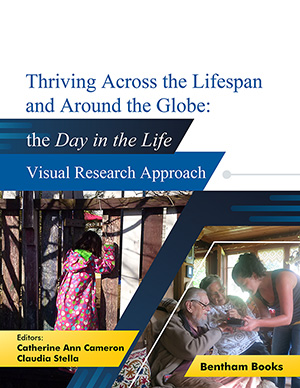Abstract
The evil eye is a widespread belief in the world, and is thought to be associated with a human propensity towards envy. The objects of envy in primitive cultures are mainly crops, food, livestock, children, and good health. In evil eye cultures people tend to keep a watchful eye on one another. The evil eye takes into account the ability of an onlooker to project psychic energy through the eyes. The evil eye causes the victim to be helpless-dominated, gripped by an overpowering occult power. Often infliction of the evil eye is unintentional and unconscious; it occurs during a moment of coveting something belonging to another. Evil eye cultures are those in which people regard goods to be limited, so that if one person possesses more than others, it is thought to have been obtained at everyone else’s expense. People in these cultures are wary of compliments, as these can be disguised expressions of envy, and hence occasions for infliction of the evil eye. In many cultures where there is scarcity of food, people will conceal food or try and conceal a prosperous harvest from the gaze of others so as to avoid the problem of envy. Envy is widespread in modern society, but is almost a taboo topic, and one will rarely admit to it. Throughout the world people use talismans, charms, religious symbols and other devices to ward off the evil eye-wearing them, putting them on doorposts, on automobile rearview mirrors. In some cultures there is a high incidence of paranoia-with people fearing that others might poison them, for instance, or that malice is the source of every ailment or misfortune; in Western cultures paranoia takes expression in conspiracy theories and the belief that semi-secret groups control the economy of the world.













